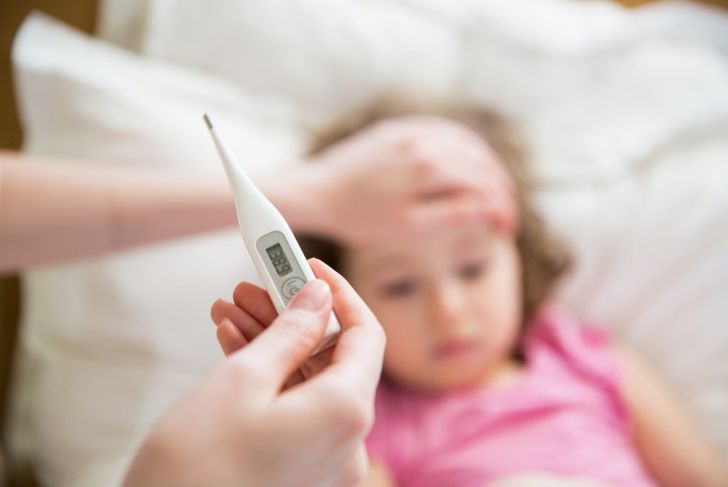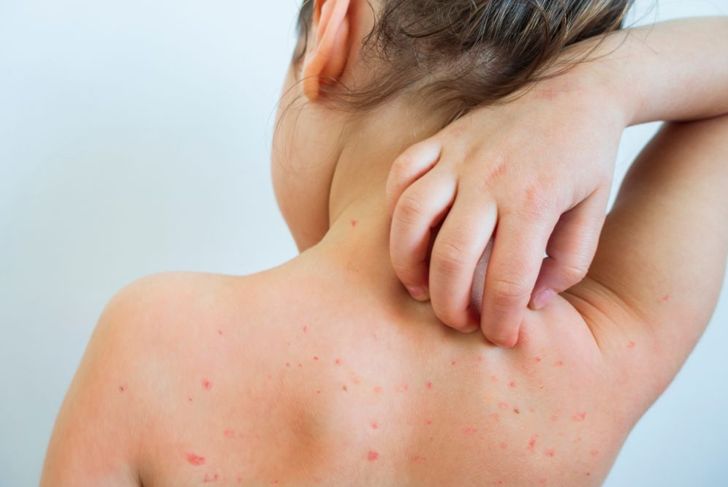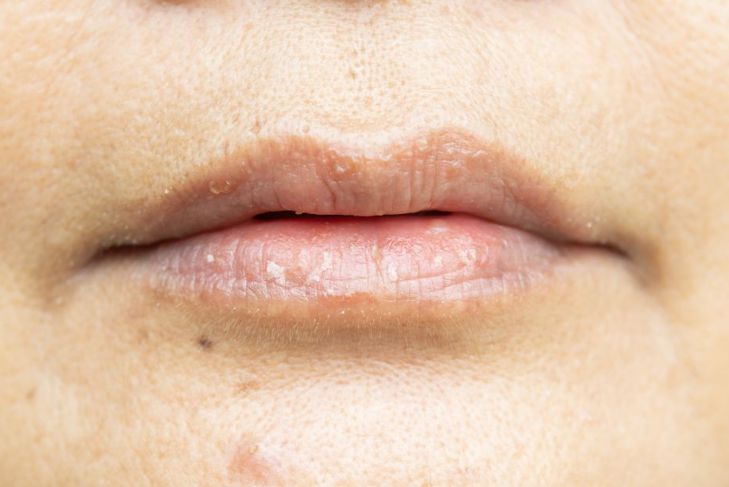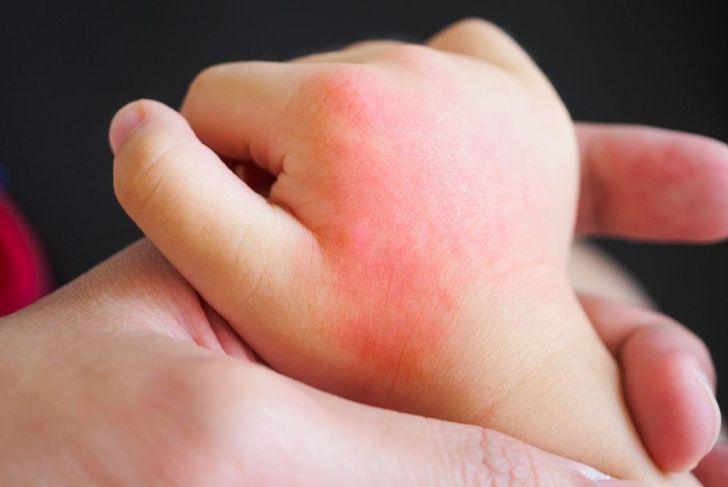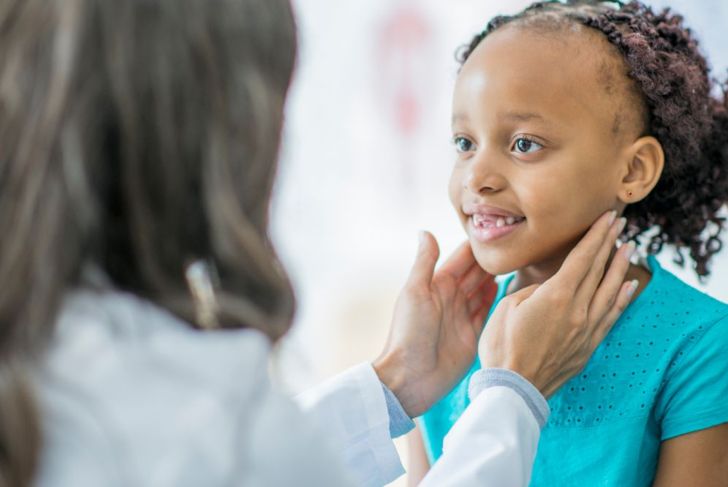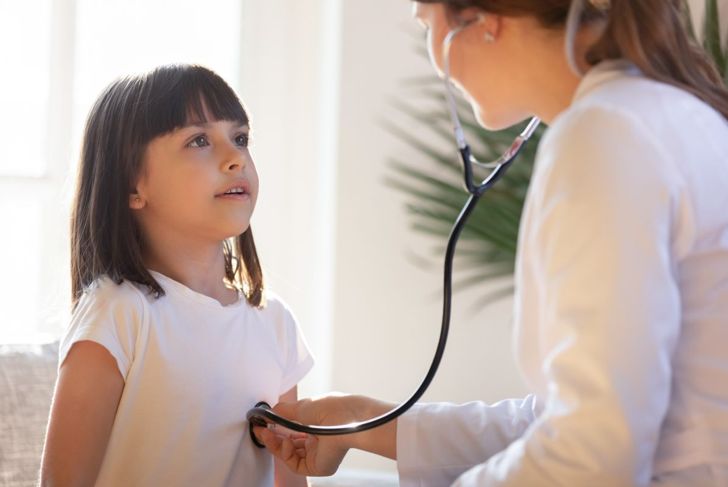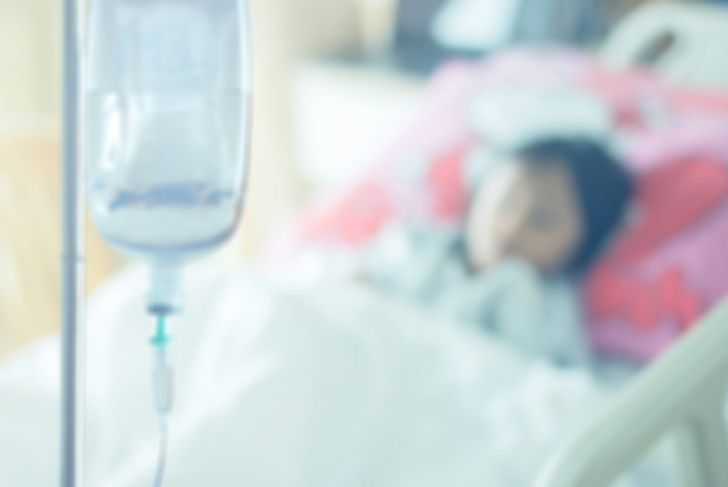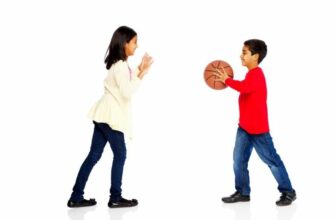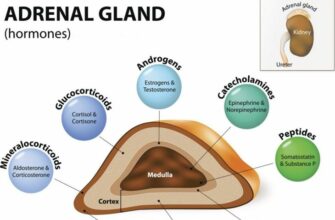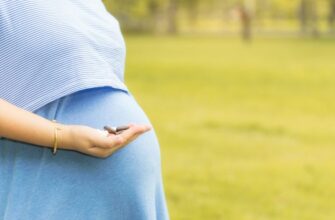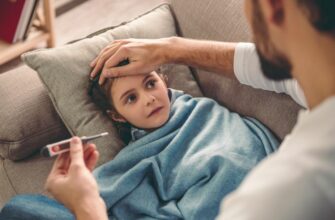Kawasaki disease is an illness that affects young children. It is a form of vasculitis or inflammation of the blood vessels that happens when the immune system attacks them by mistake. Doctors do not know what causes Kawasaki disease, though they believe genetic and environmental factors may play a role. Kawasaki disease is a serious illness, but a complete recovery is possible with timely and effective treatment.
Fever
The first and most common symptom of Kawasaki disease is a sudden high fever of between 100.4 and 104F. This fever does not respond to medication or antibiotics and results from the body attacking the blood vessels. It lasts for at least five days but can go on for much longer without proper treatment.
Rash
Another phase one symptom of Kawasaki disease is an extensive rash appearing on the back, chest, abdomen, and groin. The rash usually appears within five days of fever onset. A rash due to Kawasaki disease can take on many forms. It may look like hives, thick red spots or patches, or smooth, elevated red bumps. Skin rashes from Kawasaki disease do not form blisters or drain fluid.
Red Eyes
Conjunctival infection is another phase one symptom of Kawasaki disease. The whites of the eyes swell and become red. This symptom also begins within days of the onset of fever and, though it looks alarming, is not usually painful. Conjunctival injection is not the same as conjunctivitis or pink eye and does not produce any leaking fluid.
Red Lips and Mouth
In the early stage of Kawasaki disease, the child may also develop a red mouth and lips. There are a few ways this can present, including redness to the inside of the mouth and throat or swollen cracked lips that may bleed. One of the most recognizable oral symptoms of Kawasaki disease is the strawberry tongue; the organ becomes red, swollen, and covered in small lumps. Sores or ulcers are rare.
Swollen Red Hands and Feet
Swollen, red skin on the hands and feet can appear in the first phase of Kawasaki disease. These changes are distinctive and start to appear around one to three weeks after the onset of fever. The skin may become hard and painful in the beginning and begins to peel one to two months later.
Swollen Lymph Nodes
A swollen lymph node in the neck that is more than a half-inch in diameter is a principal symptom of Kawasaki disease, appearing in between 80 to 99 percent of cases. It usually only affects one side of the neck. The skin over the node may redden, and the node itself feels slightly firm and tender.
Phase 2 Symptoms
In phase two of Kawasaki syndrome, symptoms lessen but may persist for a while. The fever will subside, and the child may develop joint pain, abdominal pain, diarrhea, jaundice of the skin and eyes, and general lethargy or lack of energy. How long it takes to move into phase two depends on a lot of factors, including how quickly treatment began, but usually occurs within two weeks of fever onset.
Phase 3 Symptoms
In phase three of Kawasaki disease, symptoms begin to fade and eventually disappear altogether. In some cases, lethargy continues for an extended period. It can take as many as eight weeks for the child to return to normal energy levels. Sometimes, complications occur that can prolong recovery.
Cardiac Complications
The biggest potential complication of Kawasaki disease is damage to the blood vessels. The walls of the coronary arteries may weaken and form an aneurysm, which, if undetected and untreated, can lead to significant cardiac damage. Other cardiac complications include abnormal heartbeat and valve problems. These usually resolve within a month or two, but lasting damage can occur.
Treatment and Prognosis
There is no specific test for Kawasaki disease. It is diagnosed with a physical exam and evaluation of symptoms. Children with Kawasaki disease are hospitalized and receive a mixture of antibodies called IVIG in an attempt to stop the body from attacking itself. This treatment is usually effective, but if the inflammation continues, additional medication is required.

 Home
Home Health
Health Diet & Nutrition
Diet & Nutrition Living Well
Living Well More
More